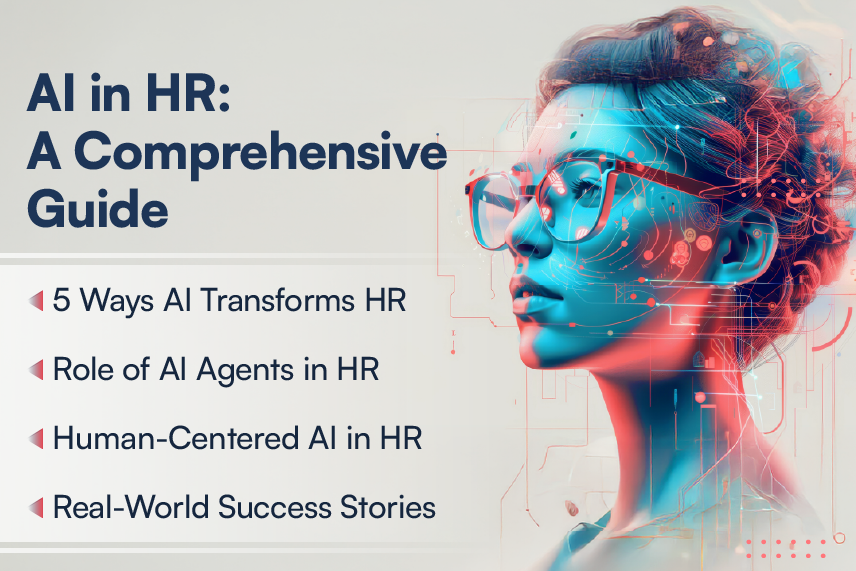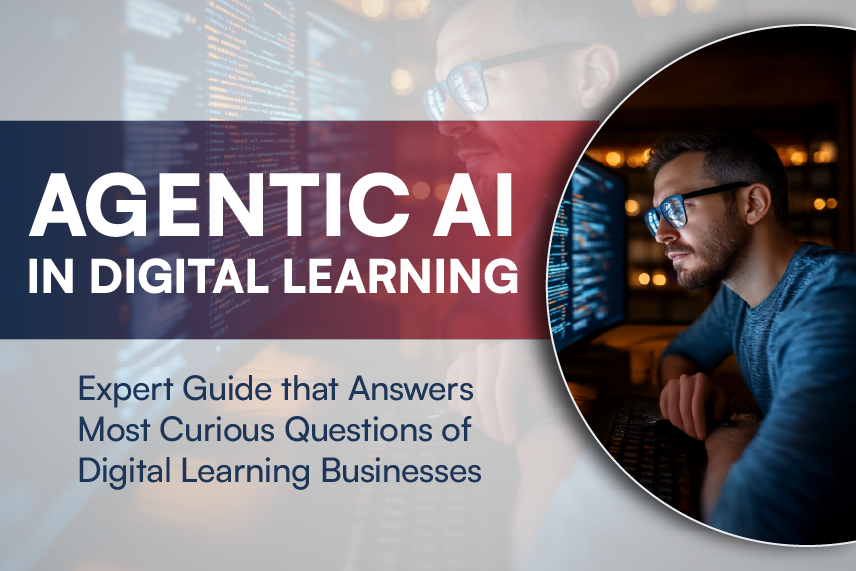
What is Digital Recruitment
Digital recruitment, also known as online recruitment or e-recruitment, is the process of using digital technologies and platforms to attract, engage, and hire candidates for job vacancies. It involves leveraging various online channels and tools to streamline the recruitment process and reach a wider pool of potential candidates.
Digital recruitment has become increasingly popular and effective due to the widespread use of the internet, social media, and other digital platforms. Some common elements of digital recruitment include:
- Online Job Boards: Post job openings on various online job portals and websites to attract potential applicants.
- Social Media: Utilizing social media platforms such as LinkedIn, Facebook, Twitter, and Instagram to promote job opportunities and engage with potential candidates.
- Company Websites and Career Pages: Create dedicated career pages on company websites to showcase job openings and provide information about the organization’s culture and values.
- Applicant Tracking Systems (ATS): Using software to manage and track the entire recruitment process, from receiving applications to hiring decisions.
- Digital Networking: Building and maintaining relationships with potential candidates through online networking and professional platforms.
- Video Interviews: Conducting video interviews to screen and assess candidates remotely, especially useful for international or remote applicants.
- Employer Branding: Establishing and promoting a positive employer brand online to attract top talent and build a compelling company reputation.
- Data Analytics: Utilizing data and analytics to measure the effectiveness of recruitment strategies and make data-driven decisions.
- Mobile Recruitment: Optimizing recruitment processes for mobile devices, as many job seekers use smartphones and tablets for job searches.
Benefits of digital recruitment include:
- Wider Reach: Digital platforms allow companies to reach a broader audience of potential candidates across geographical boundaries.
- Cost-Effectiveness: Online recruitment can often be more cost effective than traditional methods, such as newspaper advertisements.
- Efficiency: Automated tools and processes streamline recruitment, making it faster and more efficient.
- Candidate Experience: Digital recruitment can enhance the candidate experience by providing easy access to job information and a smooth application process.
- Analytics and Insights: Digital recruitment provides valuable data and insights that can be used to optimize recruitment strategies and improve decision-making.
Digital recruitment is continuously evolving with advancements in technology and changes in candidate behavior. As such, organizations need to adapt their recruitment strategies to leverage the full potential of digital channels and stay competitive in attracting top talent.
What is a digital recruitment strategy?
A digital recruitment strategy is a dynamic approach that harnesses the power of digital platforms, tools, and techniques to effectively identify, engage, and acquire top talent for an organization. In the modern landscape, where technology and connectivity are integral, a digital recruitment strategy goes beyond traditional methods. It leverages online job boards, social media, data analytics, applicant tracking systems, and various other digital channels to create a streamlined and data-driven hiring process. This strategy aims to not only reach a wider pool of potential candidates but also to establish a strong employer brand, enhance the candidate experience, and optimize the recruitment lifecycle. By embracing digital innovation, organizations can gain a competitive edge in attracting the right candidates and building a talented workforce that aligns with their goals and values.
EndNote
Throughout the digital recruiting process, organizations can leverage various digital resources, including online job boards, social media platforms, email marketing, video conferencing tools, applicant tracking systems, and candidate assessment software. This will help them efficiently manage the recruitment workflow, attract a diverse talent pool, and make informed hiring decisions.
If you want to build a digital recruitment strategy for your organization or seek dedicated assistance for integrating modern technologies to future-proof hiring, write to us at contact@harbingergroup.com. Our HRTech and business experts would be more than happy to help you meet your business goals.






